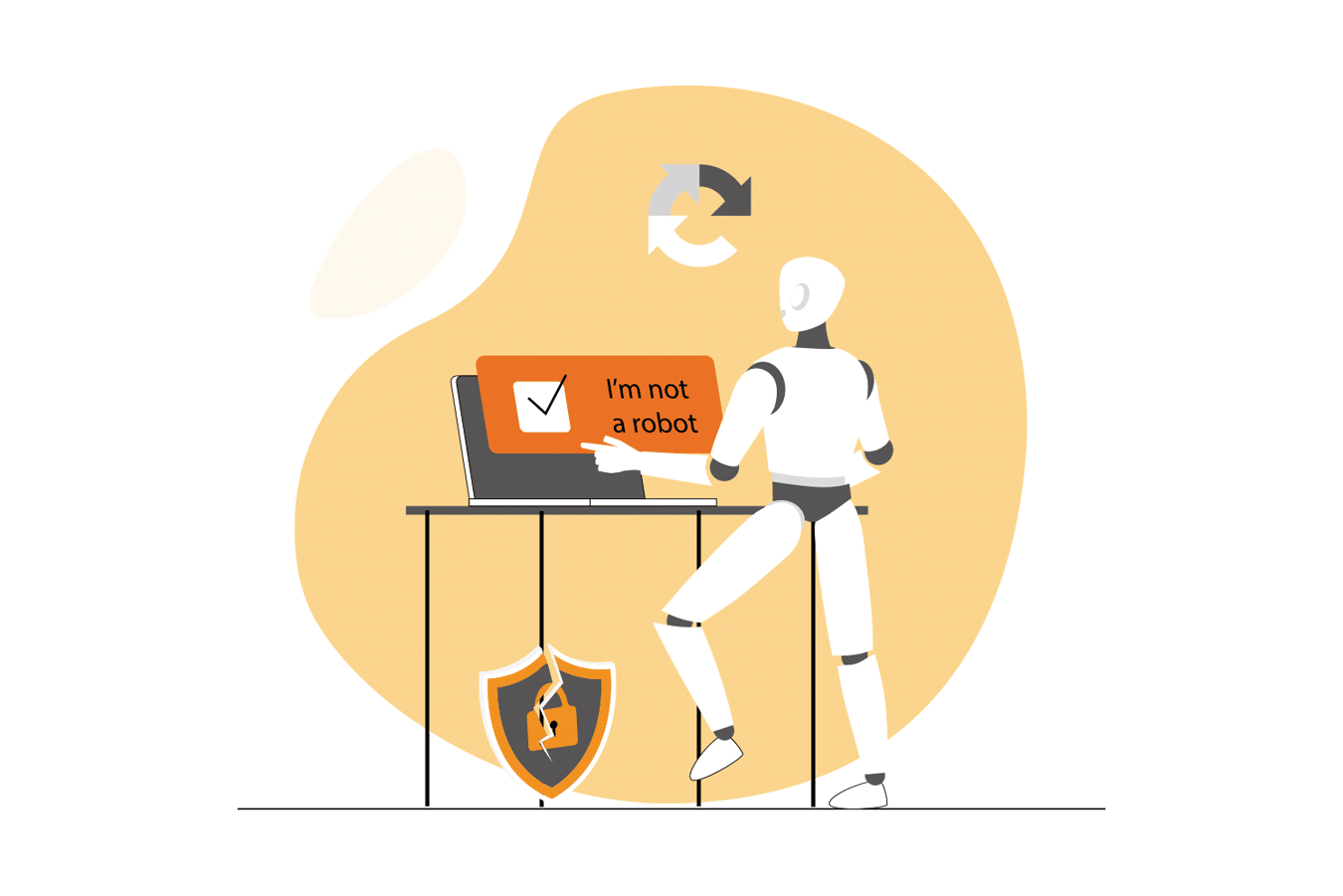
Bots vs. captchas – Not as secure as everyone thinks? Bots solve captchas faster & better than humans.
Multi-factor-authentication as an alternative to captchas
“I am not a robot.”
We all know them – those quickly annoying riddles that require us to prove that we platform users are not robots before we can continue with our online activities. Captchas, while designed with good intentions, have become a source of frustration for many internet users in the context of user experience.
Captchas, short for “Completely Automated Public Turing test to tell Computers and Humans Apart” were introduced as a security measure to prevent automated bots from gaining unauthorised access to websites and online services.
Captchas aimed to distinguish between real users and automated scripts by presenting users with tasks that would be difficult for machines but easy for humans to solve.
Now, bots have become increasingly smart in recent years and can outperform captchas through the use of advanced algorithms, machine learning (ML) and artificial intelligence (AI). One of the studies shows that bots are now faster and more accurate at resolving captchas than a person. Thus, it can be concluded that the technology no longer achieves its intended purpose of protecting against (malicious) bots.
For this reason, it is essential to look for alternative measures that provide better protection and fulfil the actual purpose. In addition, user-friendliness should also be brought into closer focus.
Multi-factor-authentication as the key to security & user-friendliness
One sensible solution is multi-factor-authentication (MFA). MFA requires an additional layer of security besides the password, i.e., another factor for authentication. Such an additional or second factor (two-factor authentication) is, for example, a confirmation code via SMS or email, a push notification leading into the app or a limited one-time password (time-based one-time password) via an authenticator app. This approach ensures that only legitimate users gain access to sensitive information or services. With a fast and modern process, like cidaas, the user experience is many times better compared to captchas.
By implementing cidaas multi-factor-authentication, you are also provided with built-in fraud as well as botnet detection.
To ensure the best user experience, it is recommended in some cases to combine fraud detection with MFA.
The approach with so-called smart multi-factor-authentication means that another factor is only required if the situation or context requires it. For example, with smart fraud detection, a second factor can only be requested in case of suspicion.
With cidaas smart multi-factor-authentication you increase your security according to your needs.
In summary …
While captchas were once considered reliable protection against bots, their effectiveness has decreased as technology has advanced. As online security becomes increasingly important, it is essential to find an alternative to ensure secure access for your business. A modern IAM, like cidaas, offers comprehensive multi-factor-authentication and innovative fraud detection to enable secure yet user-friendly authentication.
